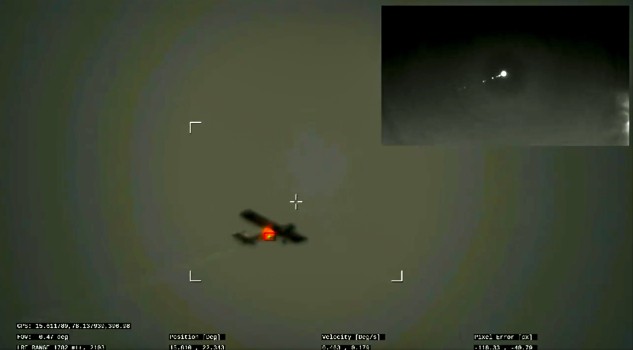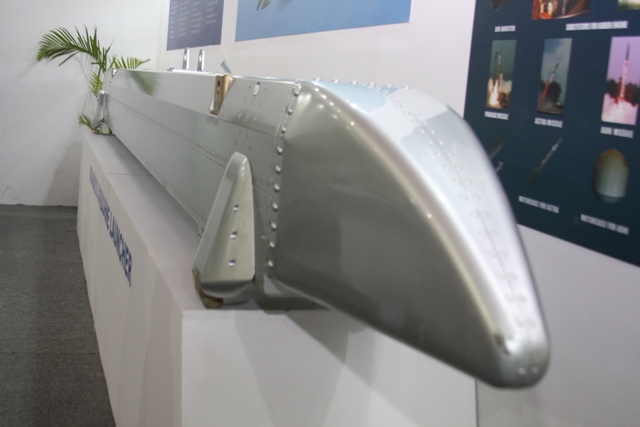
This set of three images shows views three seconds apart as the larger of Mars' two moons, Phobos, passed directly in front of the sun as seen by NASA's Mars rover Curiosity. Photo: NASA/JPL-Caltech/Malin Space Science Systems/Texas A&M Univ.
WASHINGTON (PTI): NASA's one-tonne Curiosity rover has captured the sharpest-ever images of a solar eclipse as seen from Mars.
Images taken with a telephoto-lens camera on Curiosity rover catch the larger of Mars' two moons, Phobos, passing directly in front of the Sun - the sharpest images of a solar eclipse ever taken at Mars.
Phobos does not fully cover the Sun, as seen from the surface of Mars, so the solar eclipse is what's called a ring, or annular, type.
A set of three frames from Curiosity's Mast Camera (Mastcam), was taken three seconds apart as Phobos eclipsed the Sun, NASA said.
The images are the first full-resolution frames downlinked to Earth from an August 17, 2013, series. The series may later provide a movie of the eclipse. Curiosity paused during its drive that day to record the sky-watching images.
"This event occurred near noon at Curiosity's location, which put Phobos at its closest point to the rover, appearing larger against the sun than it would at other times of day," said Mark Lemmon of Texas A&M University, College Station, a co-investigator for use of Curiosity's Mastcam.
"This is the closest to a total eclipse of the sun that you can have from Mars," said Lemmon.
Observations of the Martian moons, Phobos and Deimos, by Curiosity and by the older, still-active Mars rover Opportunity are helping researchers get more precise knowledge of the moons' orbits.
During the August 17 observation, the position of Phobos crossing the Sun was two or three kilometres closer to the center of the Sun's position than researchers anticipated.
"This one is by far the most detailed image of any Martian lunar transit ever taken, and it is especially useful because it is annular. It was even closer to the Sun's center than predicted, so we learned something," Lemmon said.
 Previous Article
Previous Article Next Article
Next Article












The Indian Air Force, in its flight trials evaluation report submitted before the Defence Ministry l..
view articleAn insight into the Medium Multi-Role Combat Aircraft competition...
view articleSky enthusiasts can now spot the International Space Station (ISS) commanded by Indian-American astr..
view article